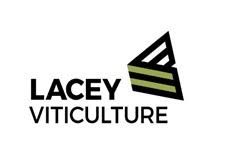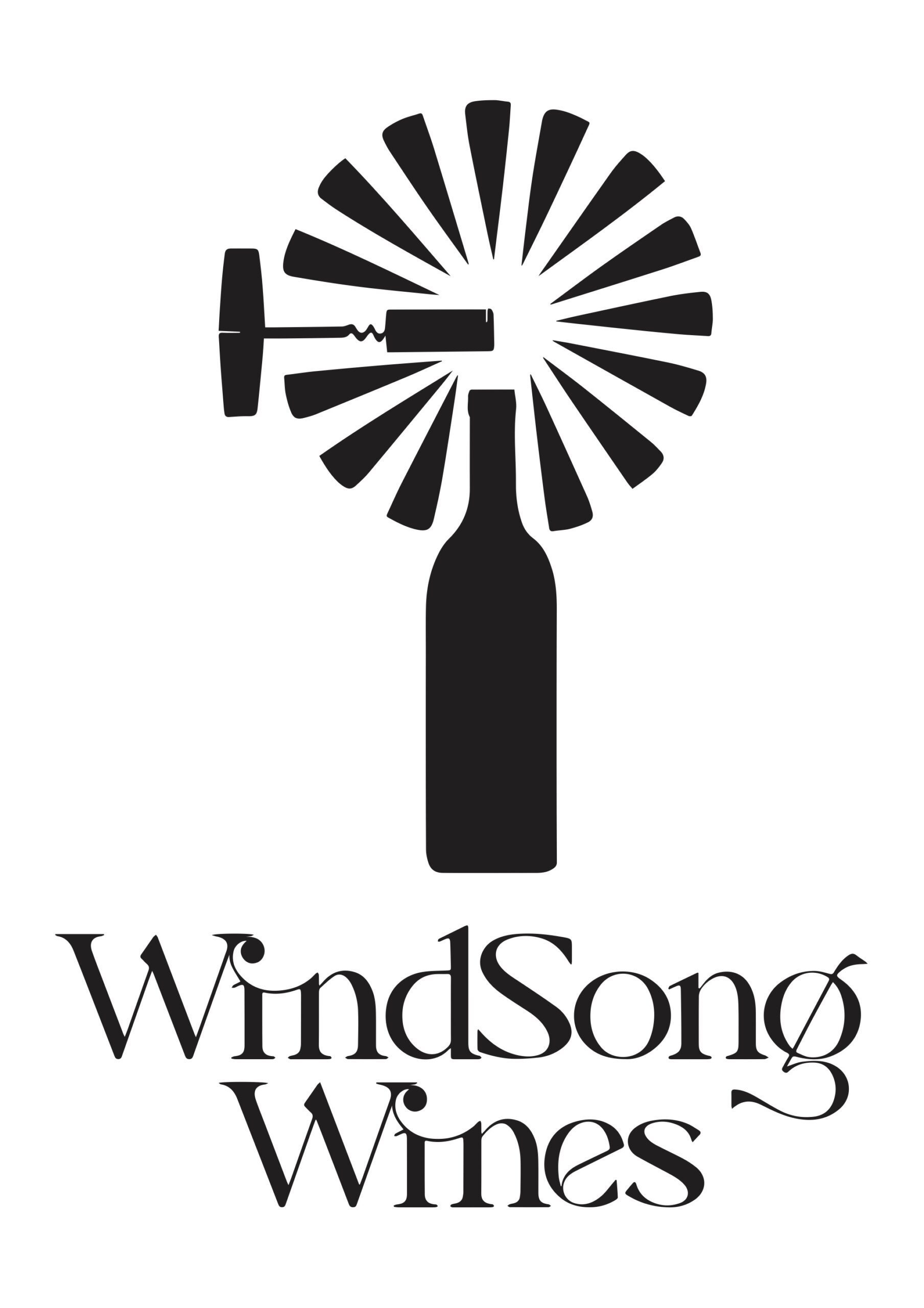

Check out our new user-friendly directory!
You can use it to access our comprehensive library of resources and easily filter resources by topic, resource type or region.
Welcome to the National EcoVineyards program!
Winegrape growers throughout Australia are being supported in their actions to enhance soil health, establish ground covers and increase functional biodiversity in their vineyards through the National EcoVineyards program.
Through EcoVineyards, growers have access to new region-specific resources, regular events, the establishment of up to four demonstration sites in each participating wine region and access to Regional On-ground Coordinators (ROCs) to support growers. There are many learning opportunities and strong regional collaboration to help future proof fruit quality, production, and the resilience of Australian vineyards.
The National EcoVineyards program is funded by Wine Australia with levies from Australia’s grape growers and winemakers and matching funds from the Australian Government. The program is delivered by Retallack Viticulture Pty Ltd with significant support from regional communities.
Following the national ‘open call’ in late 2022, we announced the new intake of EcoGrowers in each participating region in early 2023. You can read more about each EcoGrower here. They are establishing a diverse range of demonstration sites to provide practical insights to questions in the field around the topics of soil health, ground covers and functional biodiversity.
Join us on Facebook and Instagram to hear regular updates about the program and tag us to share your insights.
About EcoVineyards
Program objectives
The National EcoVineyards Program aims to accelerate adoption and practice change outcomes specified in Wine Australia’s Strategic plan 2020-25 specifically:
- to increase the land area dedicated to enhancing functional biodiversity by 10 per cent, and
- to increase the use of vineyard cover crops and soil remediation practices by 10 per cent
Grower benefits
The EcoVineyards team work closely with wine growers to establish demonstration sites in participating wine regions throughout Australia including Margaret River, Hunter Valley, Orange, Yarra Valley, Mornington Peninsula, Clare, Adelaide Hills, Langhorne Creek and Riverland.
We are helping to increase the land area dedicated to enhancing functional biodiversity in and around vineyards including the use of multi-species ground cover plants and soil remediation practices.
We believe this can be achieved by focusing on 100% functional plant cover (and active root growth), 100% of the time where possible.
The EcoVineyards approach is based on science and evidence-based learning, an interactive approach which brings together both academic peer-reviewed research and the application of these insights via participatory action learning to accelerate the sharing of insights in real time.
We provide growers with the knowledge and tools to grow wine grapes with minimal intervention over the longer-term. We demonstrate a variety of regionally tailored practices to grow resilience, so agro-ecosystems can rebound more quickly after disruption including extreme weather events. By tapping into the sophistication and intelligence of nature we believe we can create better buffered production systems.
National EcoVineyards Program Manager and Agroecologist, Dr Mary Retallack explains, “Locally-adapted, diverse and functional ground cover plants have the capacity to provide benefits including biocontrol of insect pests, weed suppression, erosion control, improved soil structure, nutrient cycling, soil water retention, improved soil organic carbon and biological activity. By establishing supplementary flora in and around vineyards, we aim to help growers save time and resources by producing healthy grapes, with lower pest incidence while at the same time, enhancing the resilience and biodiversity of their vineyard.”
We have produced a series of best practice management guides (BPMG) as a ‘living document’ for each topic area which will be updated throughout the course of the program. We furnish wine growers with tailored information and insights as they occur so they can make decisions that best suit their site.
Snapshot
The National EcoVineyards Program assists wine growers to accelerate ecologically based practice change and adoption.
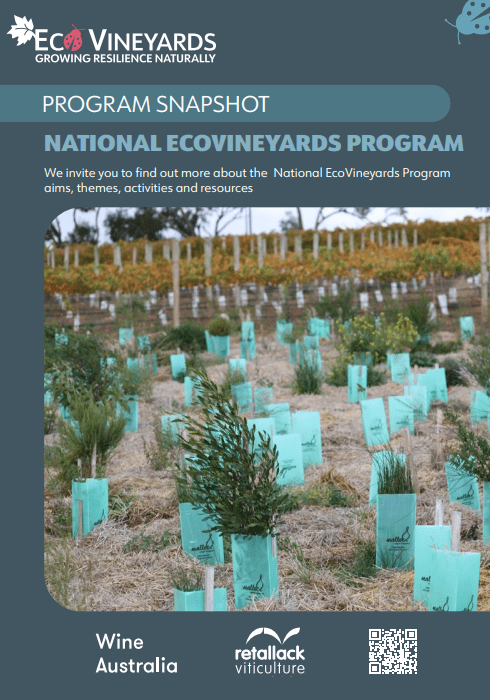

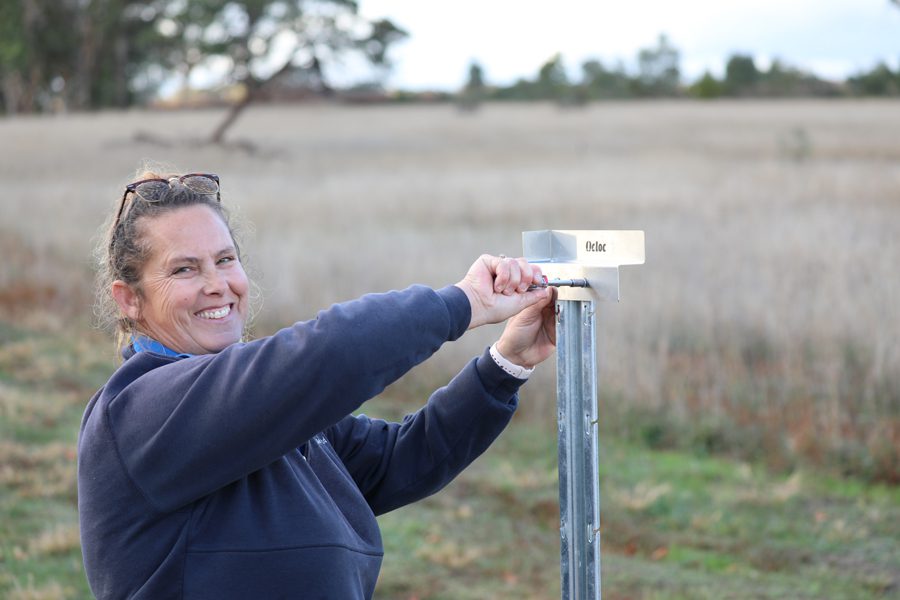

Retallack Viticulture has brought together more than 160 collaborating program partners with a common purpose. Each are committed to the program and contribute a diversity of skills and networks.
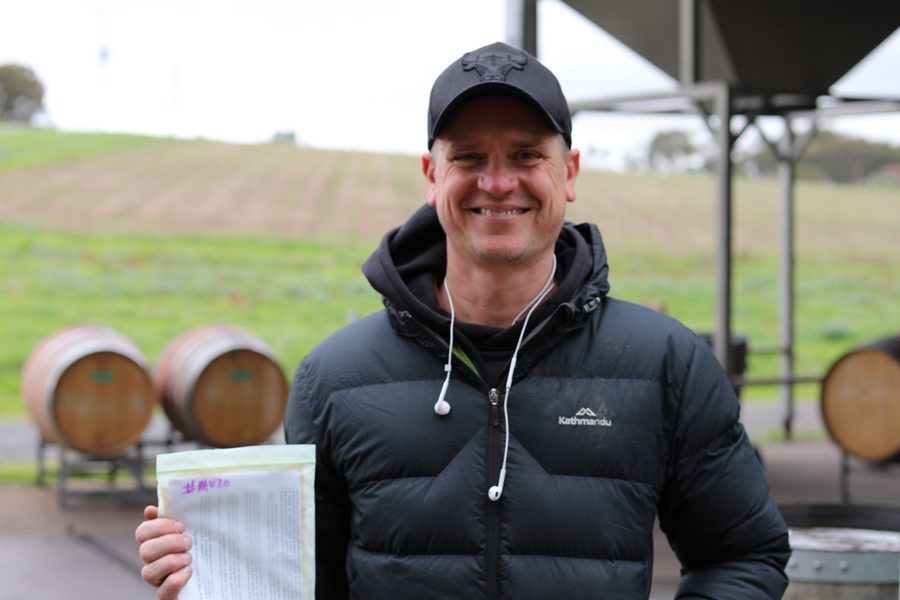

We are influencing the practices of up to 6,251 wine growers and 2,361 winemakers throughout Australia who collectively manage 146,244 hectares of wine grapes.


We have produced a series of best practice management guides (BPMG) for soil health, ground covers (including cover crops), and functional biodiversity as ‘living documents’ along with a dynamic offering of ways to disseminate learnings, practical knowledge and engage growers.
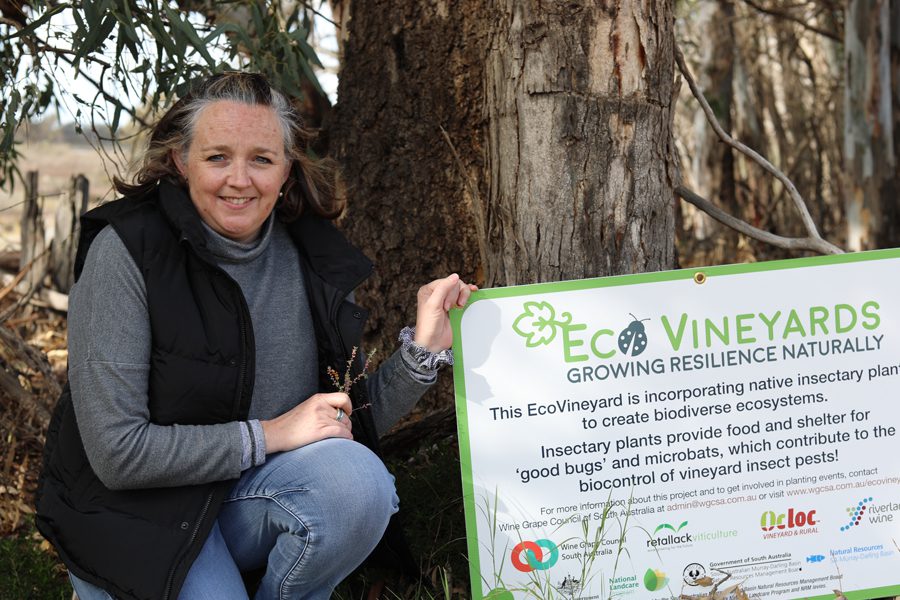

We have established more than 31 new demonstration sites in 9 wine regions nationally and work with regional on-ground coordinators and a team of specialists to hold regular growing facing events both in person and online to share the benefits of these techniques and create meaningful change.
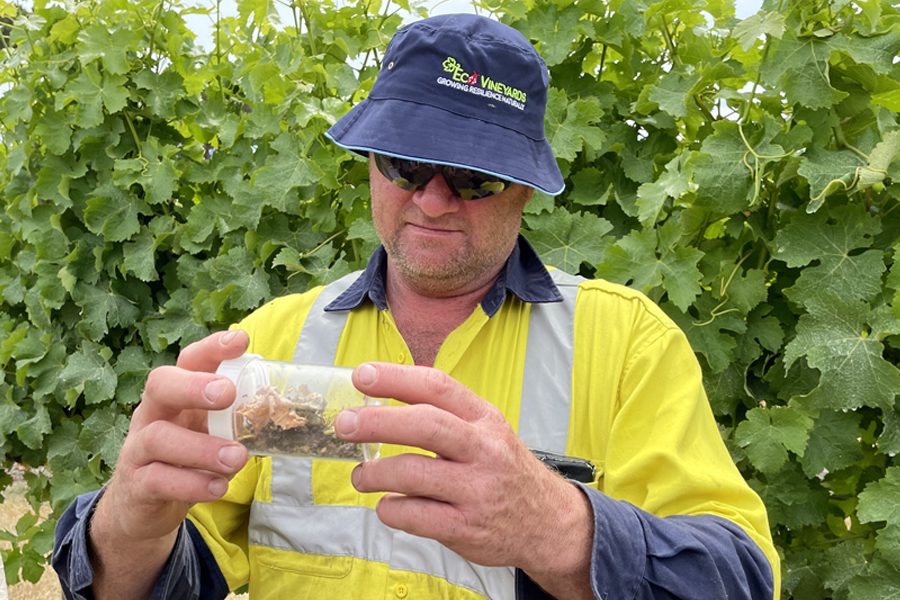



We are excited to see growing support for environmental stewardship and agroecological practices.
We are grower focused and seek to provide excellent outcomes for stakeholders.
Welcome to the EcoVineyards knowledge hub where you will find lots of useful information and practical insights on ecological practices which can be applied to a wide range of production systems including wine grape production and vineyards.
These resources are updated regularly, and we invite you to bookmark this page so you can discover new resources as they are added.
We hope you enjoy exploring these recourses, learning more about the EcoVineyards program and the application of ecological practices.
You can also access all the resources in one place in our user-friendly directory, where you can filter resources by their topic, resource type or region.
Success stories
Why the EcoVineyards model?
Does it work?
160+
Partnering businesses
are working in collaboration with the common purpose of fostering environmental stewardship.
76
Demonstration sites
have been established across Australia featuring a range of ecological practices and tailored EcoVineyards signage.
240
Microbat boxes
have been installed across Australia (in collaboration with Seaford Rotary).
75
Predator perches
and 75 photo points have been designed, manufactured, and installed (in collaboration with Ocvitti Australia/Ocloc).
75+
Grower events
field days and networking events (twice per year over 5 years in 8 major wine regions).
1,500
Attendees
at grower events over the last 4 years.
100,000+
Native insectary plants
grasses, forbs, woody ground cover, shrubs and trees have been planted in the last 5 years.
68
EcoGrowers profiles
have been completed.
37
Case studies
have been completed.
12
Supporting information
12 articles that provide scientific research about native insectary plants and the arthropods found in association.
14
Native plant community lists
a summary for each participating region across Australia.
80 page
Booklet
‘Natural predators of vineyard insect pests’ written by Dr Mary Retallack, Retallack Viticulture.
45
Fact sheets and videos
comprising 400 pages have been developed showcasing a broad range of topics, visit the knowledge hub to search by topic, resource type or region.
13
Signage templates
EcoVineyards signage templates x 3 large and x 10 small format for native insectary plants and the arthropods found in association have been produced.
800+
Facebook followers
Facebook has all the latest EcoVineyards news and events notiifcations.
1,250+
Instagram followers
Instgram has all the latest EcoVineyards news and events notiifcations.
Culture
We wish to move beyond the conditioning that,“we often do more of the same and expect a different outcome” and draw from an ecology analogy to reset our aspirations:
- A mono-culture (or simple structure) is a fragile and poorly buffered system where problem weeds and insects often dominate, and regular intervention is required to produce a crop.
- Conversely, a poly-culture (or complex structure) with good functional biodiversity and soil health has greater resilience, can rebound more quickly after disruption (including extreme weather events), is able to self-regulate with less intervention, and growers can potentially save both time and resources.
We thrive on innovation and our aspiration is that wine growers delight in growing grapes, are profitable, inspired by the nature and feel a sense of reciprocity towards the land they farm. We aim to grow ecologically focused vineyards, individuals and communities.


Acknowledgments
The original EcoVineyards program was funded via the National Landcare Program Smart Farms Small Grants program with the Wine Grape Council of South Australia (WGCSA) and Retallack Viticulture Pty Ltd working in partnership in South Australia from May 2019.
The National EcoVineyards Program is funded by Wine Australia with levies from Australia’s grape growers and winemakers and matching funds from the Australian Government.
The program is delivered by Retallack Viticulture Pty Ltd with significant support from regional communities.
EcoVineyards proudly acknowledge the Aboriginal and Torres Strait Islander Peoples, and their ongoing cultural and spiritual connection to this ancient land on which we work and live. As the Traditional Custodians we recognise their wealth of ecological knowledge and the importance of caring for Country. We pay our respect to Elders past and present and extend this respect to all Aboriginal and Torres Strait Islander Peoples.
Enquiries
Please direct all enquiries to the National EcoVineyards Program team via [email protected]
Follow us on Facebook and Instagram to find out more @EcoVineyards

